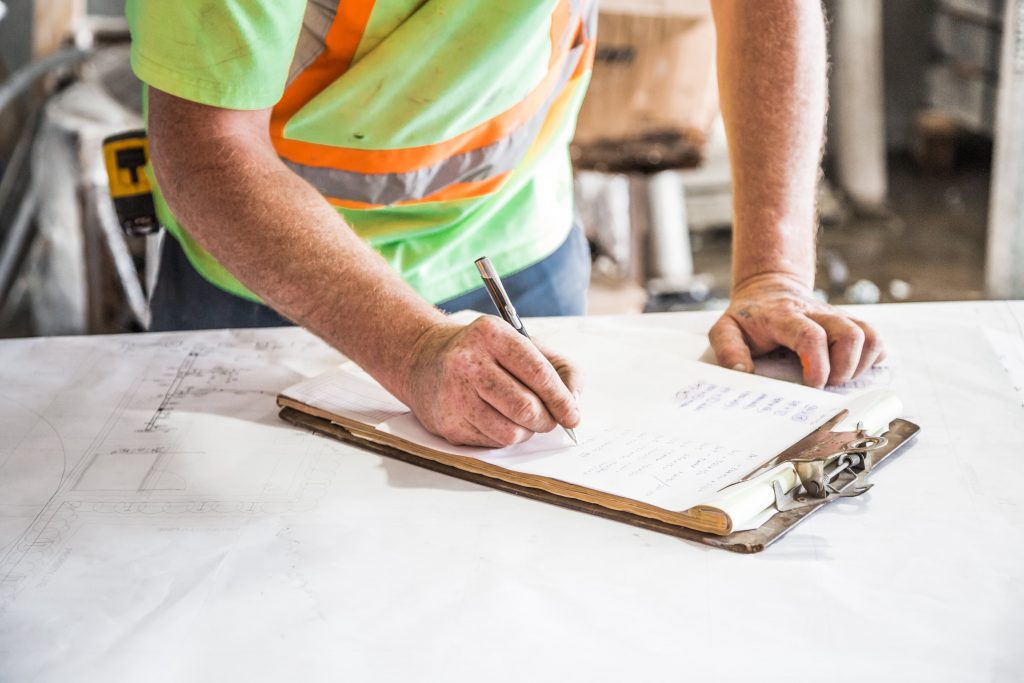Your Guide To Managing The Council Approval Process


Building a new house or renovating your property is very exciting. However, the planning process can be confusing and overwhelming. Getting council approval can often be the reason that many people put off their home renovation. Fees, delays, and constant changes to rules can make the process rather difficult.
What is a DA?
A DA is a planning application form which is referred to as a Development Application; Development Assessment or Development Approval. It is a formal request to carry out a development or build within your local government area. The application relates to plans that will be used for your development and needs to be approved by the council before construction can begin. Development approval ensures that a development complies with the relevant local planning scheme, design codes and other relevant legislation and policies.
It is vital to understand the requirements of the entire process. We have developed this guide to help you through the process and hopefully avoid the headache.
where to start?
Quite often clients tell us they “know someone who didn’t have to go through this development approval process”. Whilst you may be correct, there are a few reasons why this is not always reliable.
First off, rules and regulations vary from council to council. Your friends or family’s experience in the one town or shire may be different to another. Check out the City of Stirling Planning and Building Approval Process which may be different to the City of Vincent Planning Application Process. This is especially apparent in areas that are more established versus those that are not. Additionally, the rules and regulations are constantly changing each year.
We advise you to start by contacting the planning and development services team in your local government area. Most of them have a step by step guide to learn about getting the right approval.
get the right approval
Understand whether you need a development or a building permit for your project. The following table shows an overview, however, should not be relied upon. Contact your individual local council for decision making approvals.
| Project | Council Approval Usually Required | You May Need |
| Ancillary Dwelling/ Granny Flat | Building Permit | Development Approval where there are proposed variations to the Residential Design Codes (R-Codes). |
| Carport & Garage | Building Permit | Development Approval if the structure is not compliant with the government’s local planning policies and R codes. |
| Demolition of all or part of a building | Demolition Permit | |
| Pergolas and shade sails | Development Approval required in certain instances. | Building permit required in certain instances. |
| Residential Additions | Building Permit | Development approval here there are proposed variations to the R-Codes or the local planning scheme and associated policies. |
| Retaining Wall | Building Permit | Development approval where the retaining wall does not comply with R-codes. |
| Dividing Fences | Fences within the setback area over 1.2 metres in height require planning and building approval. Dividing fences up to 1.8m in height do not require any approval from Council. |
*Note this information is not to be taken as advice and we urge you to seek clarification from your jurisdiction.
Of course, significant extensions, substantial excavation and filling and new freestanding buildings will require approval. However, if you have a smaller project and are unsure, it is always better to raise the question with your council to ensure you are not starting a project and potentially have costly delays later down the track due to lacking of planning permission. Alterations to services such as plumbing, draining, gas and electrical may require approval and inspection.


GETTING ASSISTANCE
We recommend you contact your local council development services or planning team before submitting your application. They will advise you on your requirements and avoid potential application rejection. If your application does get rejected, your council is not being difficult, they are merely protecting the quality of your area. They consider the value of the area and how your renovation might affect this. They also consider how your street looks, how you may affect your neighbours, street elevation and more.
Some areas or buildings may also have special conditions including being heritage listed or they are in an environmentally sensitive area. These special conditions usually have strict guidelines surrounding building, construction and renovations that can be undertaken.
Remember that asking questions is encouraged so that you are fully informed of all considerations. Get clarification from your local planning team as to which application to submit.


KNOW YOUR TIMELINE
Sometimes council approvals can take up to 6 months or longer. Be sure to communicate regularly during this process and be prepared for delays. Take the time prior to submitting your application to ensure your plans are exactly what you want. If you make changes after submitting the application, this will cause further delays and possibly additional fees.
There may also be other fees throughout the application process. Ensure that you have factored these into your budget. If you are unsure on how to write your budget be sure to check out our guide on putting together a renovation budget here.
Upon getting approval, there is a certain period in which works must begin. Make sure to start your renovation within this time frame otherwise you may have to reapply and pay for approval again.


TOO HARD? GET A PROFESSIONAL
It is wise to get a professional to draft up your plans and get them certified by a building certifier. Doing so makes your application more credible. The council will recognise that you have used a certified professional and it means that your plans will comply with the Building Code of Australia which will most likely speed up the process.
Many designers are fully aware of the council approval process and they know what hoops that you and your design will have to jump through. They definitely make it less stressful!


At the end of the day, the most important thing is that you keep communications lines open. Don’t take shortcuts. Ask questions when you need to and listen to advise being given. As renovation professionals, we understand how overwhelming this process can be. If you need help with any aspect of your renovation, we are happy to help. CONTACT US TODAY!


Andy is the Director and Registered Builder for Perway Construction Services. He commenced his career in the construction industry almost 20 years ago as a Carpenter. He offers clients his specialized advice and knowledge on their project, what’s best for their long term return on investment and how to achieve their home renovation dreams. He leads his team of tradespeople to complete successful, quality home renovations.


